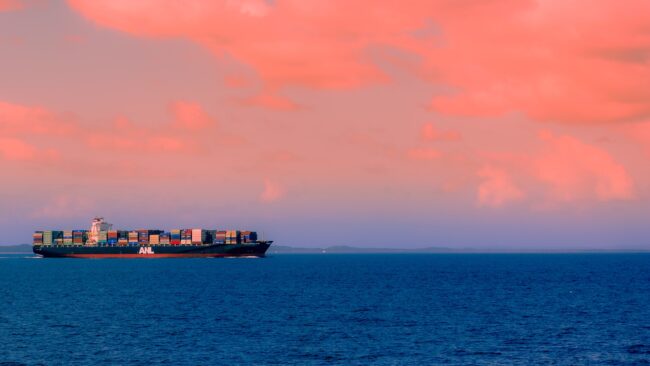Trade with non-EU countries fell in February
Text Mark Taylor Photo Borderpolar Photographer / Unsplash
According to data released by Statistics Estonia, in February 2023, Estonia’s exports of goods increased by 2 per cent and imports decreased by 8 per cent compared with February 2022. Exports of goods amounted to 1.5 billion and imports to 1.6 billion euros at current prices. The trade deficit was 103 million euros, which was down by 167 million euros year on year.
Trade with European Union (EU) countries increased in February, while trade with non-EU countries declined. “The biggest fall was registered in imports from outside the European Union, which were down by 53 per cent. This was heavily influenced by the reduced imports of mineral products, including various mineral oils, from Russia and Belarus,” explained Jane Leppmets, an analyst at Statistics Estonia.
The main commodities exported in February were electrical equipment, agricultural products and food preparations, and wood and wood products. The exports of agricultural products and food preparations, including wheat and barley, increased the most (up by 53 million euros), followed by exports of transport equipment, including motor cars (up by 49 million euros), and mechanical appliances, including engines (up by 21 million euros).
Compared with February 2022, the biggest decreases were registered in the exports of mineral products (down by 68 million euros), and raw materials and products of the chemical industry (down by 26 million euros). Year on year, the share of goods of Estonian origin in exports has remained almost unchanged, at 67 per cent of total exports in February 2023.
Estonia’s top export partner in February was Finland (16 per cent of total exports), followed by Latvia (11 per cent) and Sweden (10%).
The biggest declines were registered in exports to the Netherlands, the United States and Nigeria. There were decreased exports of fertilisers to the Netherlands, fewer exports of electrical equipment to the USA, and decreased quantities of cereals to Nigeria.
The main commodities imported to Estonia in February were electrical equipment, transport equipment, and agricultural products and food preparations. The biggest decreases occurred in the imports of mineral products, including mineral oils (down by 150 million euros), wood and wood products (down by 26 million euros), base metals and base metal products (down by 25 million euros), and raw materials and products of the chemical industry (down by 25 million euros). The biggest increases were recorded in the imports of electrical equipment (up by 40 million euros), agricultural products and food preparations (up by 39 million euros), and transport equipment (up by 34 million euros).
The top partner countries for Estonia’s imports of goods were Finland (16 per cent of Estonia’s total imports), Latvia (12 per cent), and Germany (12 per cent).
To learn more about this and similar topicsEU Exports Finland Imports Russia Statistics Estonia Trade










